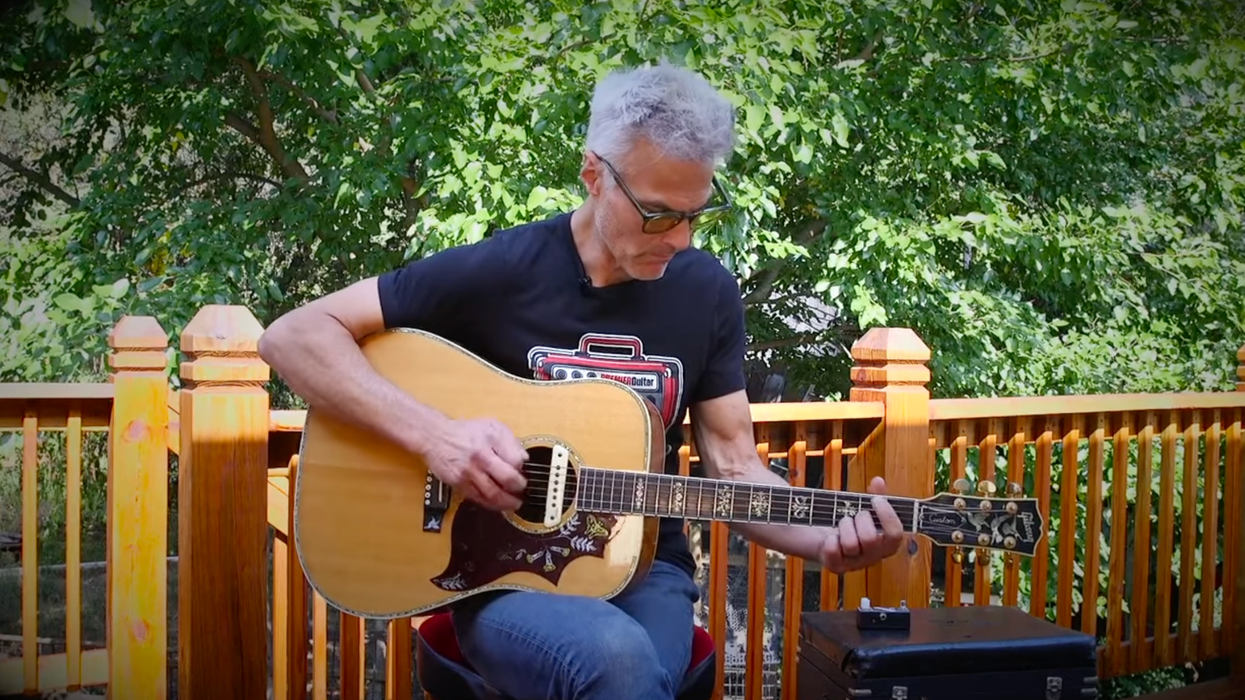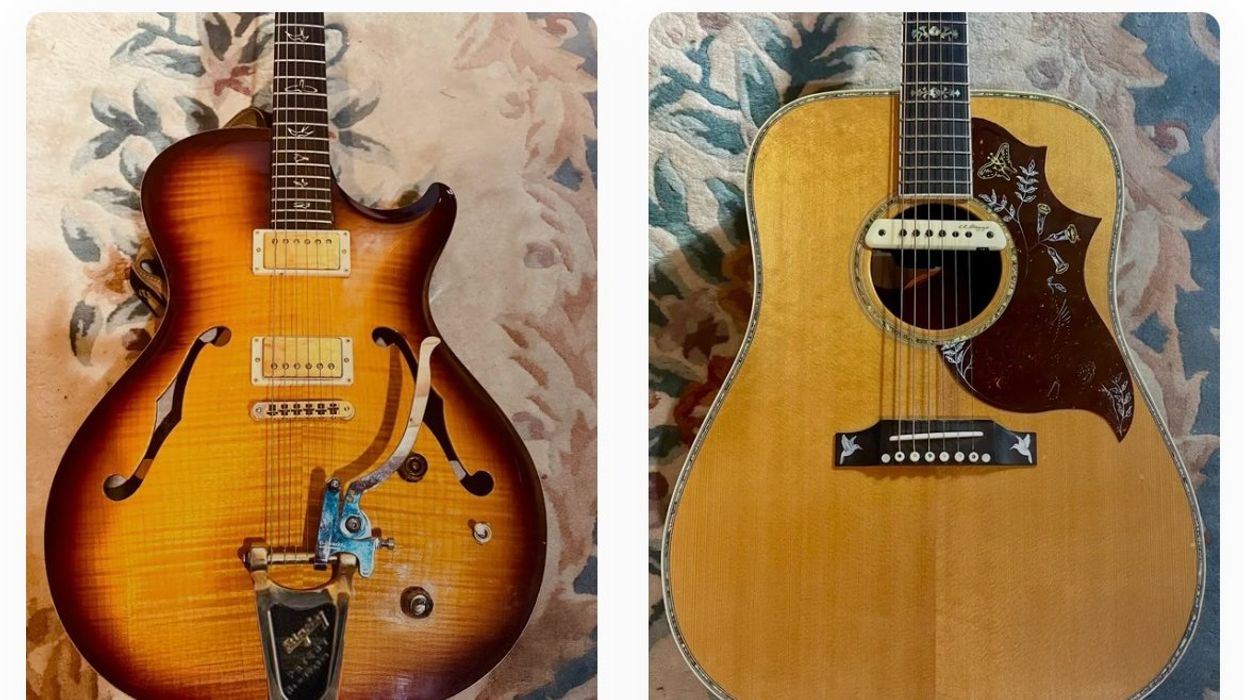Crowds energize extroverts. I find them draining. My favorite social evening plans are canceled social evening plans. When the pandemic hit, my first thought was: “Limited human contact. Sounds great! Wouldn’t it be wonderful if I never had to shake hands again?”
Don’t get me wrong, I love people. It’s not that I don’t want to be around people. It’s just that I’m best in small portions. I can be charming and fun for an hour at best. In short, I’m an introvert. After my expiration date, nobody wants me around.
So, it seems odd that I work primarily in public. Concerts are full of extroverts feeding off the energy of others. It’s like they’re in tune with the magic of quantum physics—all their subatomic particles swirl together uniting them on a spiritual and molecular level. It’s beautiful, and I want that so much … but I just want it from a distance. Like, I’m onstage and the crowd is in front of me, and there’s a barrier, and maybe even bodyguards, separating us. I want to be part of it, but with nothing touching me.
When other kids were doing normal teen stuff like hanging out together, I wanted to run home and hang out with my guitar. The heart wants what it wants.
By virtue of the fact that I’m at a show, the crowd assumes I’m of the same extroverted tribe. I see them after a show, and they want to talk or hug or engage, while I want to run away, all the while fearing I’ll offend or hurt others by not joining them. I see myself in group photos after gigs, everybody with big, warm smiles while my teeth are clenched in a poor imitation of a smile and my eyes look a bit panicky.
I’ve heard there are two types of musicians: introverts and overcompensating introverts who are trying to pass as extroverts. Each of you, dear musician readers, voluntarily spent a disproportionate part of your youth alone in your room with an instrument. Teen brains are addicted to dopamine. Most teens get their biggest hit from social interactions, but for some reason, we chose to get our natural high from music. When other kids were doing normal teen stuff like hanging out together, I wanted to run home and hang out with my guitar. The heart wants what it wants.
I love playing music alone. That’s when I grow. That’s when new musical information becomes part of me, and my playing is the most interesting. It’s a brilliant, somewhat sadistic trick that the coolest stuff you’ll ever play will never be heard by anyone but yourself when you’re playing alone, unrecorded, unobserved. We’ve all been playing alone and thought, “Dang, I wish the world could hear this. I really can make music. Alas, there’s still no evidence.” Then the spell is broken, and we’re back to being just us, observed in our average state.
That said, as gratifying as it is to make music alone, making music with people feels a different kind of amazing, and once you get a hit of that, you’ll want more. The hippie in me thinks that it’s a Nik Tesla thing of resonance where we literally connect through those vibrating strings. (For more hippie pseudo-science, read my column “Vibing the Divine.”)
It’s a brilliant, somewhat sadistic trick that the coolest stuff you’ll ever play will never be heard by anyone but yourself when you’re playing alone, unrecorded, unobserved.
I’ve no doubt that people watching music being made do feel this energy, allowing them to connect to the music makers and beyond. If you doubt this, go to a Fairfield Four concert. In the interest of science and to rule out an act of God’s influence, go to an AC/DC show and you’ll feel connected to every fist-pumper in the place when the chorus of “Hells Bells” kicks in.
That’s the dilemma: Musicians need the public, the public feeds off live music, but often musicians are not comfortable around people. Thank goodness for lead singers. If you’re driven to be in front of an audience with a live mic, on some level, you probably crave attention. Front people are more eager to socialize, giving the rest of the band plenty of room to hide behind our instruments onstage and disappear after the show while the singer hangs out and talks.
I can’t find scientific evidence to back this up, but I see it in myself and in musicians I know, as well as celebrity musicians who come across as standoffish or arrogant. I suspect many of them are introverts on display, and that does not bring out the best in people.
Personality traits are not set in stone. We all have the capacity for adapting. If you’re an introvert musician who must hang in a crowd, just try to psych yourself up, paste on a smile, and impersonate an extrovert. Sometimes it’s not horrible and your brain will rewire itself a bit, making it easier to do next time. Then run home and play your guitar alone in your room.
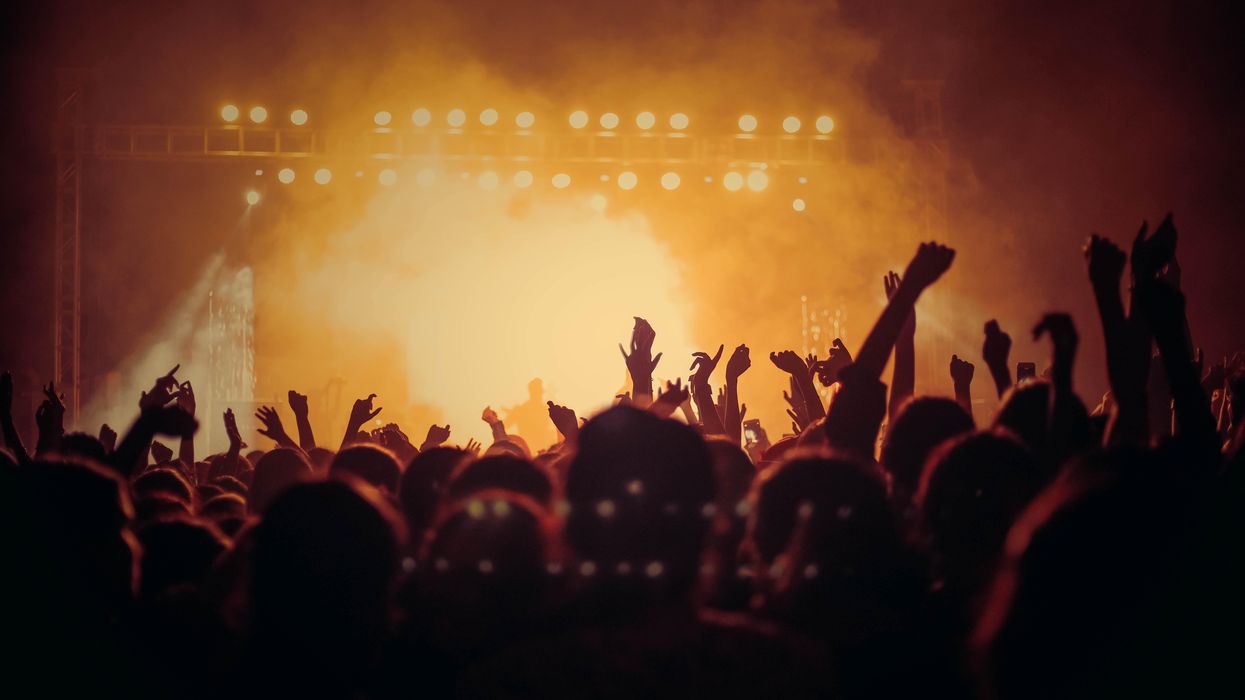

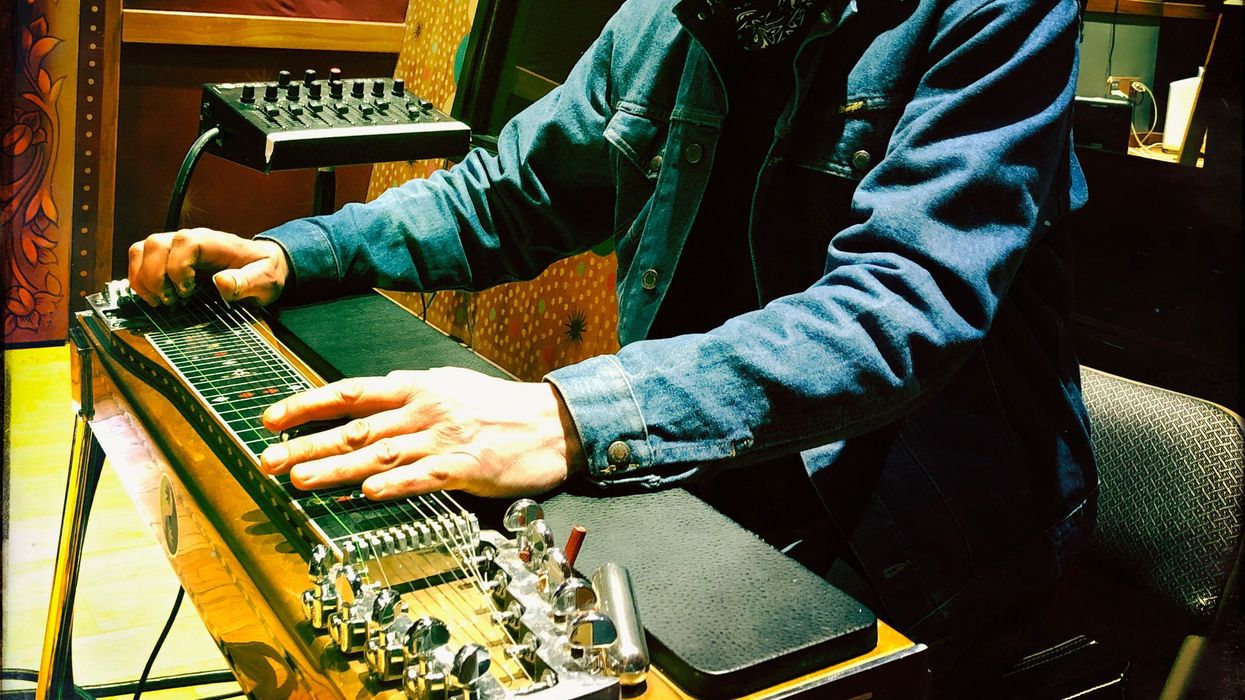


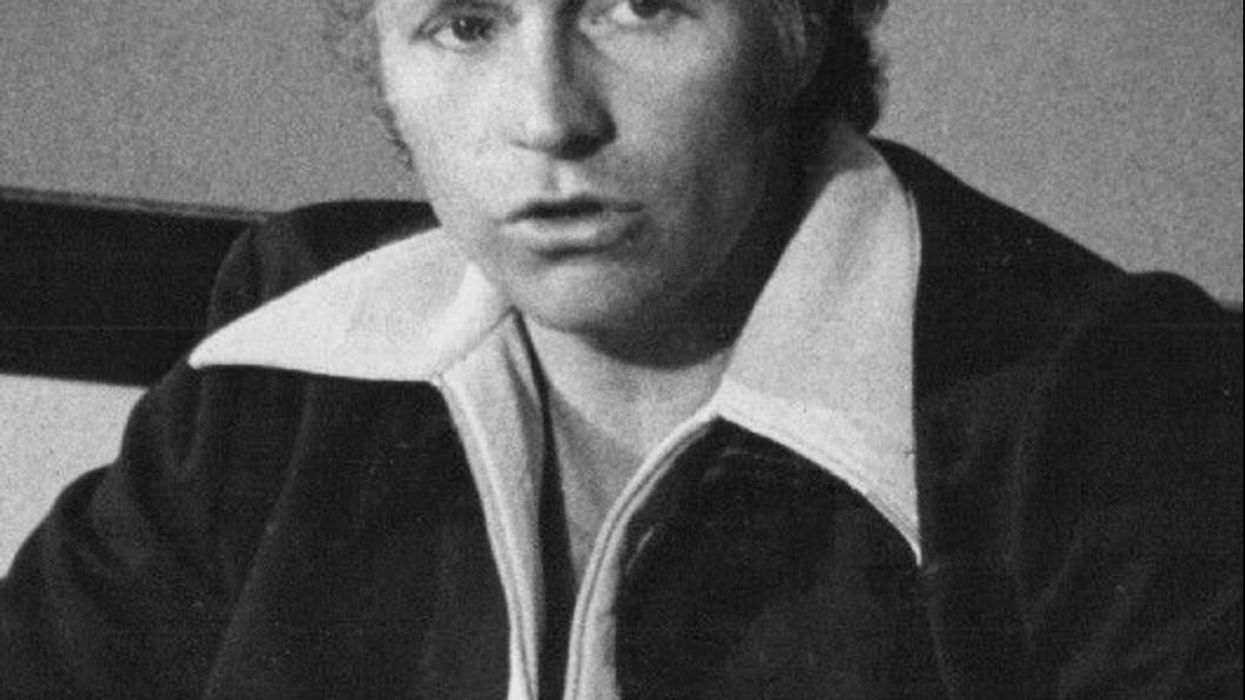

![Devon Eisenbarger [Katy Perry] Rig Rundown](https://www.premierguitar.com/media-library/youtube.jpg?id=61774583&width=1245&height=700&quality=70&coordinates=0%2C0%2C0%2C0)






